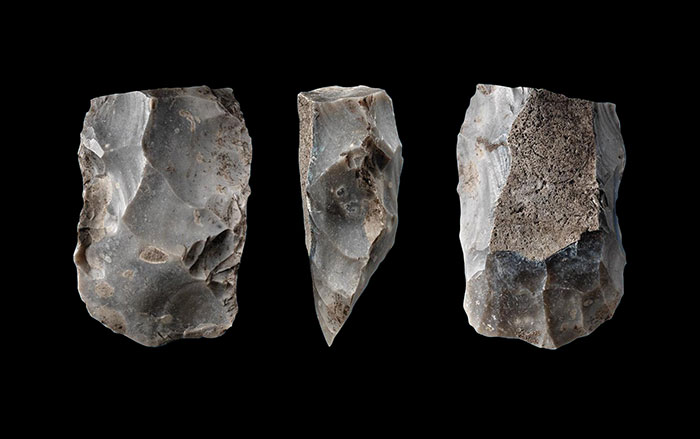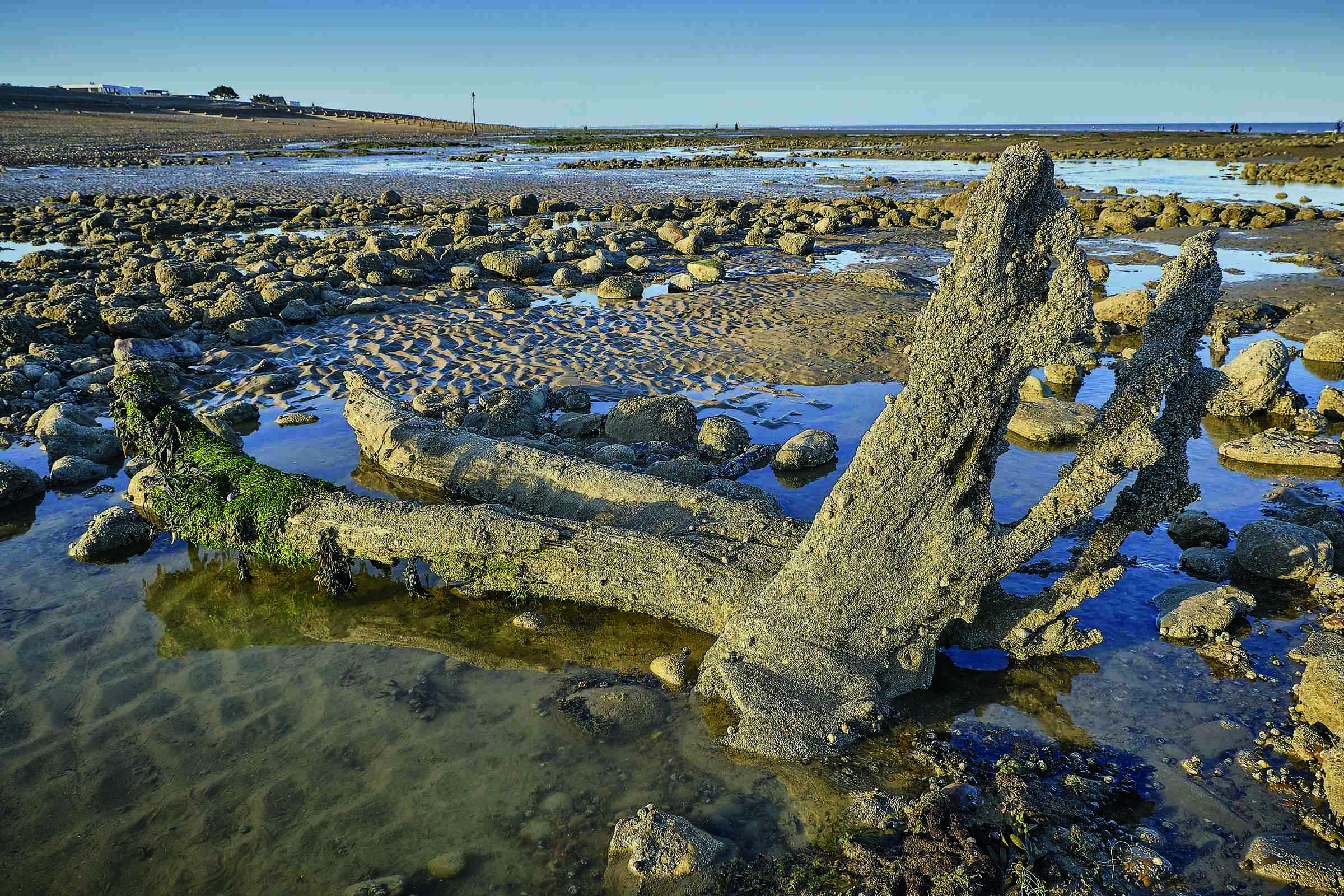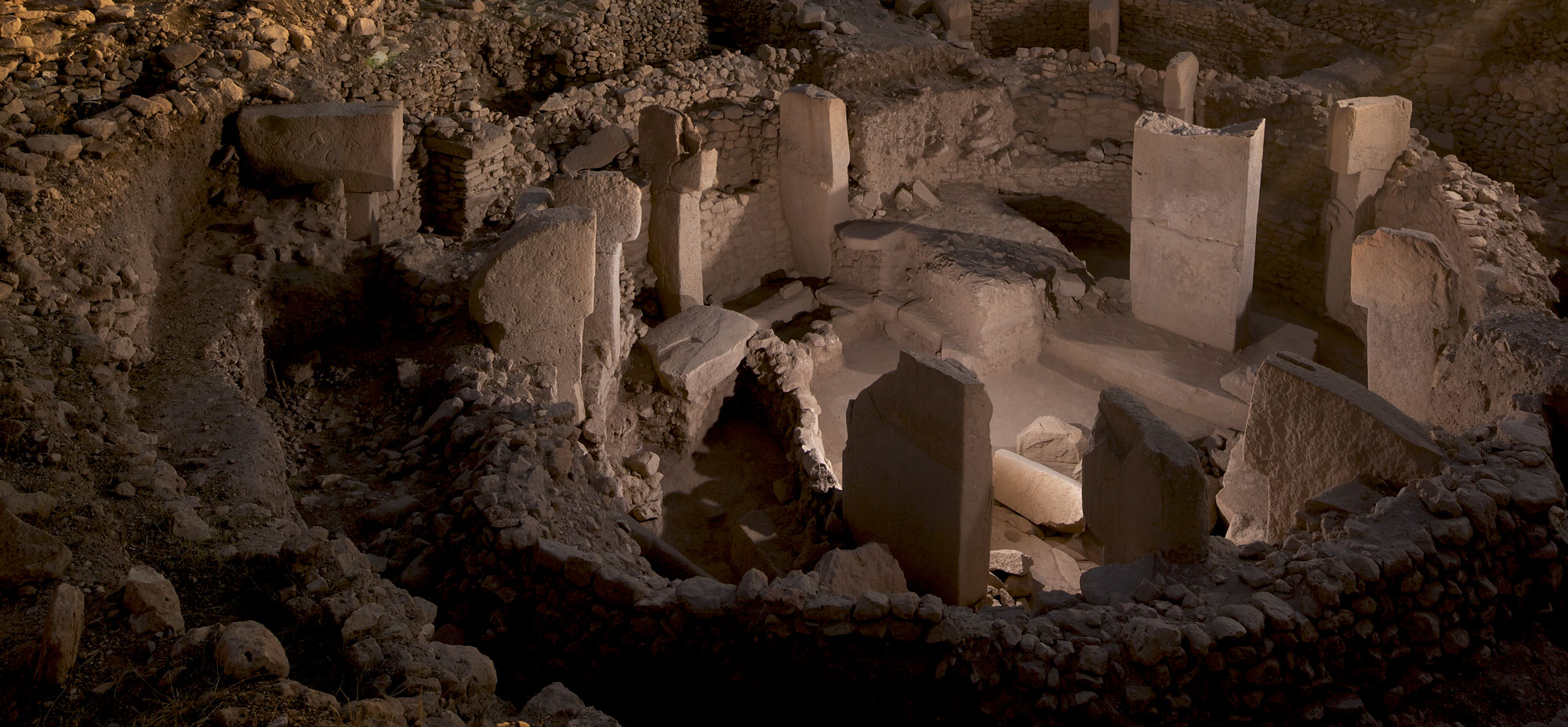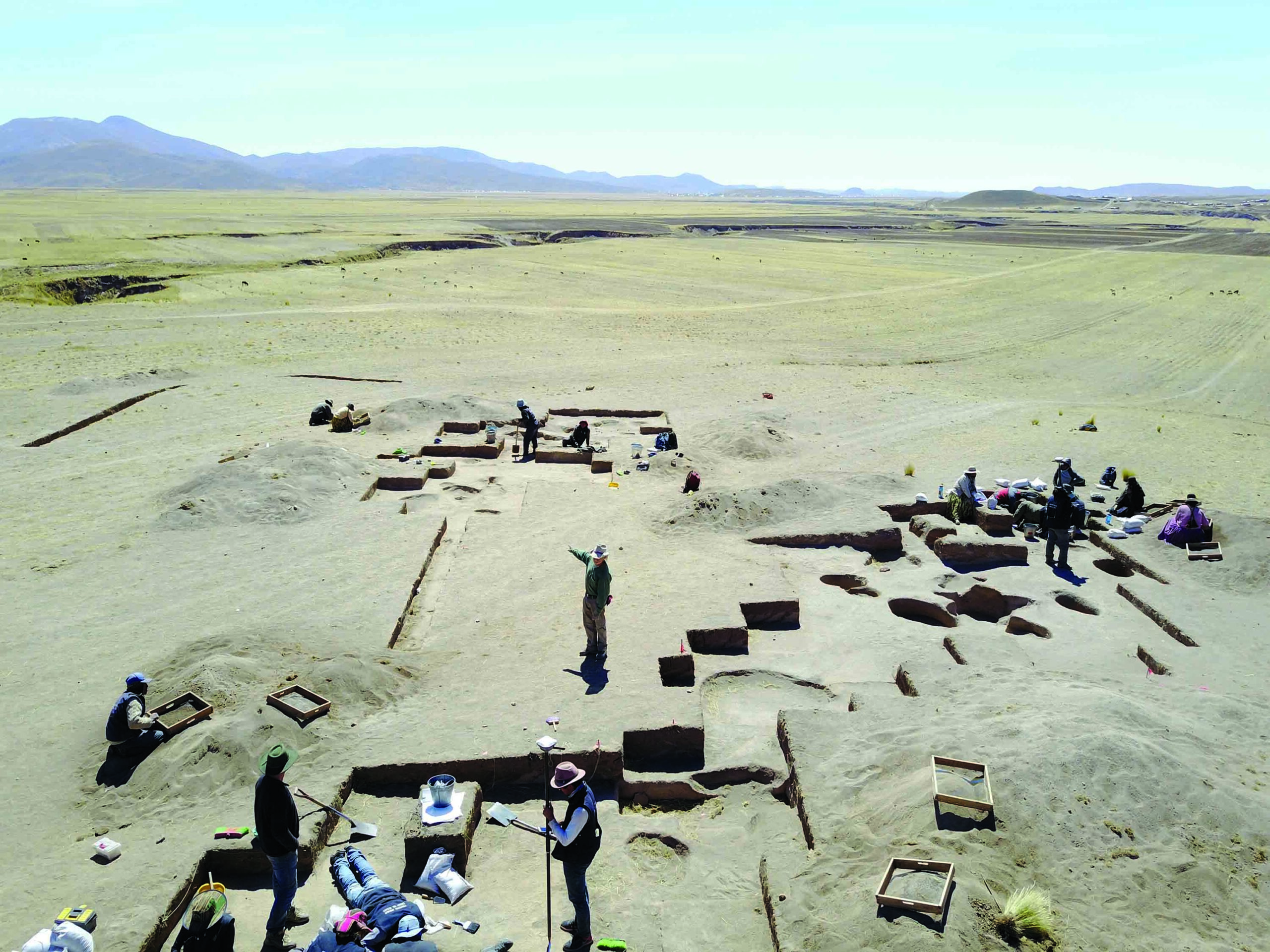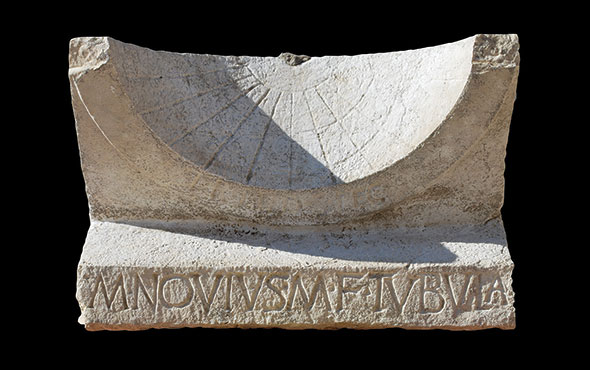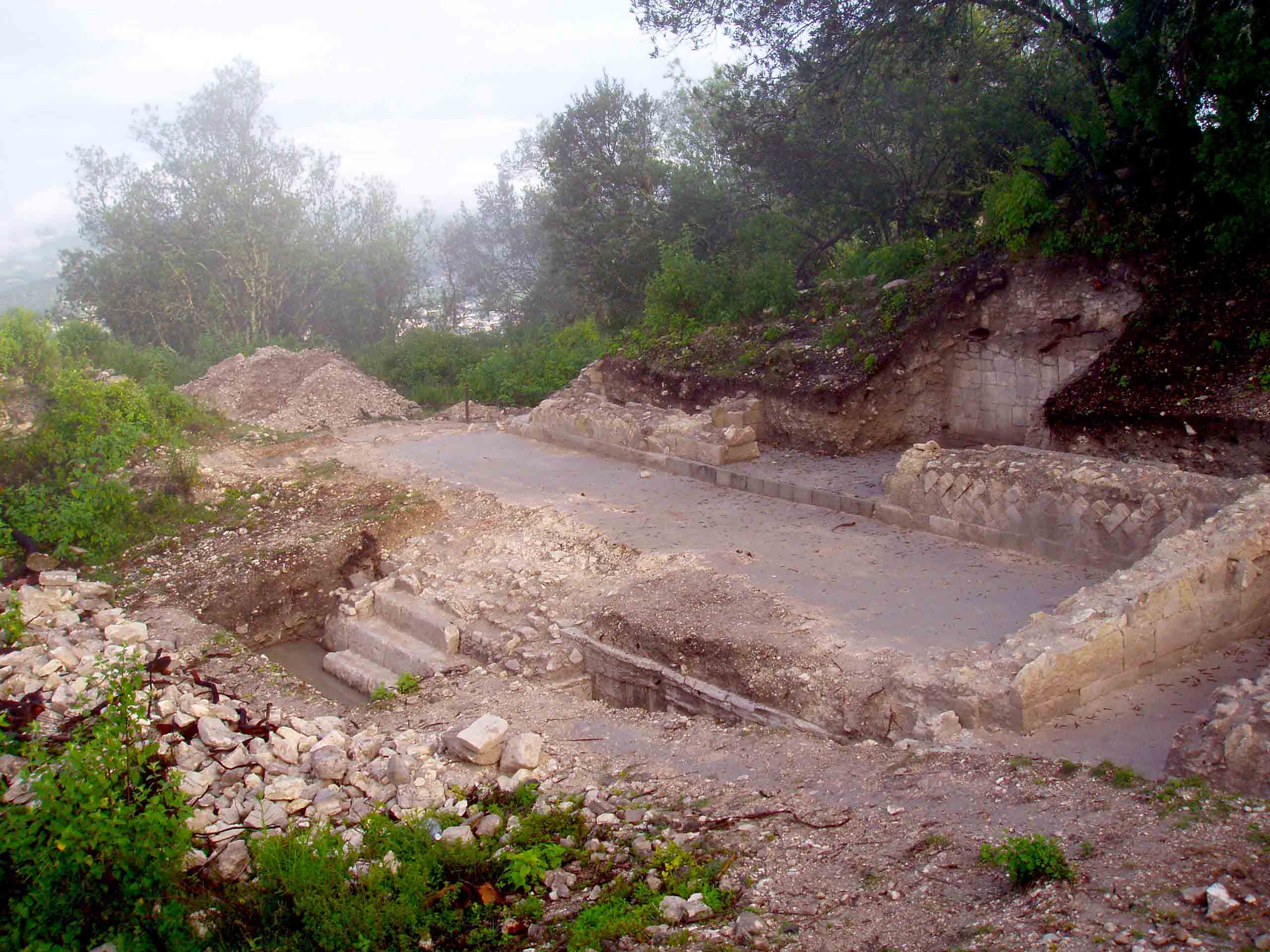
COPENHAGEN, DENMARK—The Guardian reports that archaeologist Amaia Arranz-Otaegui of the University of Copenhagen and colleagues have found charred crumbs of bread baked 14,000 years ago by Natufian hunter-gatherers living in northeast Jordan. It had been previously believed that bread was first produced by early farmers. Among the more than 600 charred, bread-like lumps found in a fireplace, the excavation uncovered small tubers from a wetland plant, legumes, wild wheat and barley, and plants belonging to the cabbage family. Analysis of some of the lumps suggest they were made from barley, einkorn wheat or oats, and sometimes other plants. The flour used to make them may have even be sieved. The dough is thought to have been baked in the fire’s ashes, or on a hot stone, to produce an unleavened flat bread. Team member Tobias Richter said such a bread would have been very labor intensive to produce, and so was probably not a staple in the Natufian diet. This bread may have been consumed as part of a large feast or ritual event—since the fireplace also contained the bones of gazelles, water birds, and hares—or may have been prepared as provisions for a journey. To read about another recent discovery in Jordan, go to “Desert Life.”


